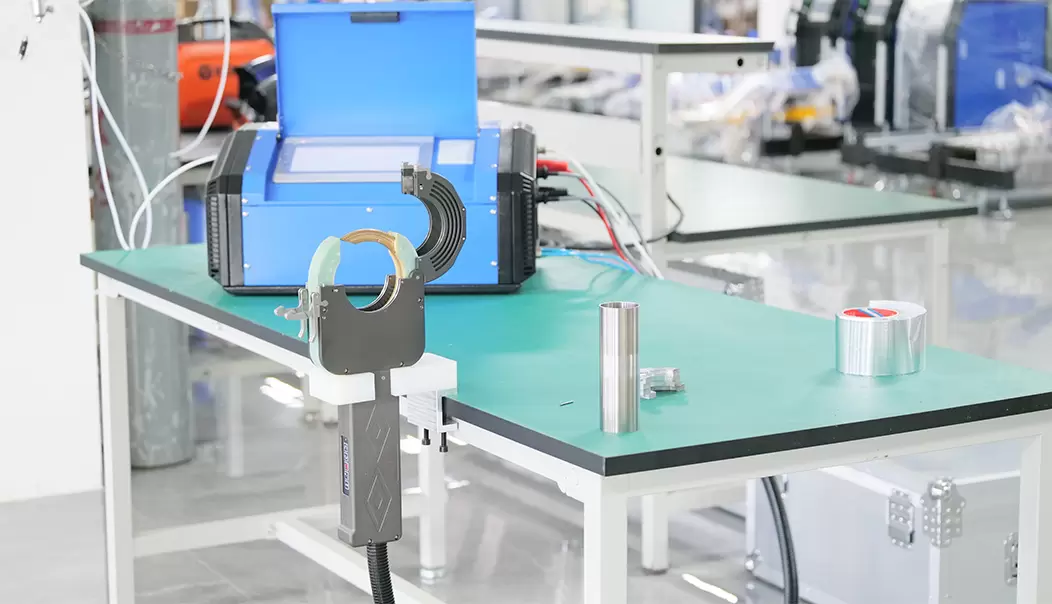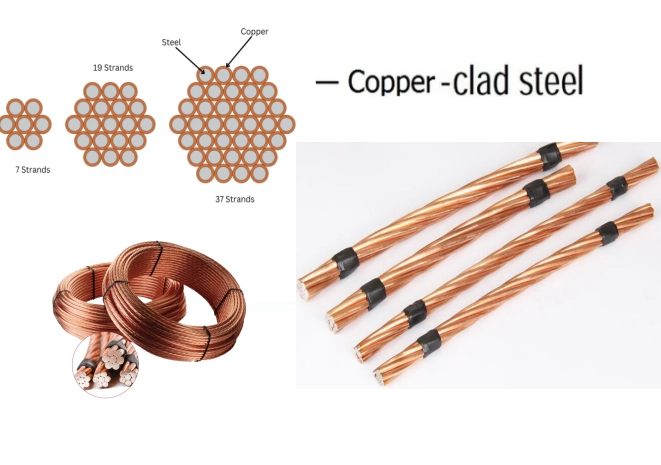Diagnosing CNC Spindle Issues: A Comprehensive Guide to Identifying a Failing Spindle
In the world of CNC machining, the spindle is often regarded as the heart of the operation. It is responsible for rotating the cutting tool at high speeds, enabling precision and efficiency in manufacturing processes. However, like any mechanical component, CNC spindles can experience wear and tear, leading to performance issues that can compromise the quality of your work. Understanding how to tell if a CNC spindle is bad is crucial for maintaining optimal machining operations and preventing costly downtime. In this article, we will explore the signs of a failing spindle, the diagnostic methods you can employ, and the steps to take for resolution.
Signs of a Failing CNC Spindle
- Unusual Noises: One of the first indicators of spindle failure is the presence of unusual noises during operation. Grinding, rattling, or excessive vibration can signal that the bearings are worn out or that there is an imbalance in the spindle assembly. Pay close attention to any changes in sound, as they can provide valuable insights into the spindle's condition.
- Vibration Analysis: Excessive vibration is a common symptom of spindle issues. Utilizing a vibration analysis tool can help you monitor the spindle's performance. A sudden increase in vibration levels may indicate misalignment, bearing failure, or other mechanical issues. Regular monitoring can help you catch problems early before they escalate.
- Temperature Fluctuations: Spindles are designed to operate within specific temperature ranges. If you notice that the spindle is running hotter than usual, it could be a sign of bearing failure or insufficient lubrication. Overheating can lead to further damage, so it’s essential to address this issue promptly.
- Loss of RPM Stability: A CNC spindle should maintain a consistent RPM during operation. If you observe fluctuations in speed or a failure to reach the desired RPM, it could indicate problems with the motor, drive system, or internal components of the spindle. This instability can affect the quality of the machined parts and should not be ignored.
- Poor Surface Finish: If the quality of the machined parts begins to deteriorate, with increased roughness or inconsistencies, it may be a sign of spindle issues. A failing spindle can affect the tool's cutting performance, leading to poor surface finishes and dimensional inaccuracies.
Diagnostic Methods
To accurately diagnose spindle issues, consider employing the following methods:
- Visual Inspection: Begin with a thorough visual inspection of the spindle and its components. Look for signs of wear, damage, or misalignment. Check for any debris or buildup that could affect performance.
- Vibration Testing: Use a vibration analyzer to assess the spindle's vibration signature. Compare the results to baseline data to identify any anomalies. This method can help pinpoint specific issues, such as bearing wear or misalignment.
- Thermal Imaging: A thermal imaging camera can be used to detect hotspots on the spindle. This non-invasive method allows you to identify overheating components, which can indicate lubrication issues or bearing failure.
- RPM Monitoring: Implement RPM monitoring systems to track the spindle's speed during operation. Sudden drops or fluctuations can signal underlying problems that require immediate attention.
- Lubrication Analysis: Regularly check the lubrication system for proper function. Analyzing the lubricant for metal particles can provide insights into internal wear and help you determine if the spindle is failing.
Steps to Take for Resolution
If you suspect that your CNC spindle is failing, it’s crucial to take immediate action:
- Stop Operation: If you notice any of the signs mentioned above, stop the CNC machine immediately to prevent further damage.
- Consult the Manual: Refer to the CNC machine’s manual for troubleshooting guidelines specific to your spindle model. This can provide valuable insights into common issues and recommended solutions.
- Engage a Professional: If you are unable to diagnose the problem, consider consulting a professional technician who specializes in CNC spindle repair. Their expertise can save you time and prevent costly mistakes.
- Regular Maintenance: Implement a regular maintenance schedule for your CNC spindle. This includes lubrication checks, alignment adjustments, and periodic inspections to catch potential issues before they escalate.
- Invest in Quality Components: When replacing spindle components, invest in high-quality parts that meet or exceed OEM specifications. This can enhance the longevity and performance of your CNC spindle.
Conclusion
Identifying a failing CNC spindle is essential for maintaining the efficiency and quality of your machining operations. By recognizing the signs of spindle issues, employing effective diagnostic methods, and taking prompt action, you can minimize downtime and ensure the longevity of your equipment. Regular maintenance and professional support are key to keeping your CNC spindle in optimal condition, ultimately leading to improved productivity and product quality. Remember, a proactive approach to spindle health can save you time, money, and frustration in the long run.

